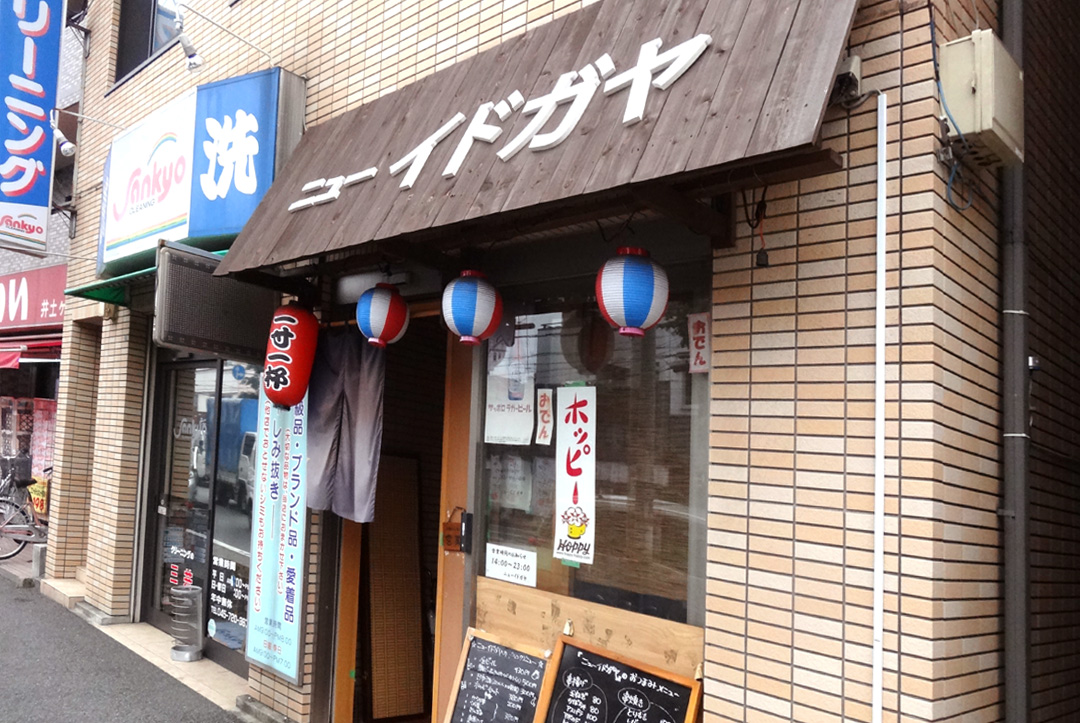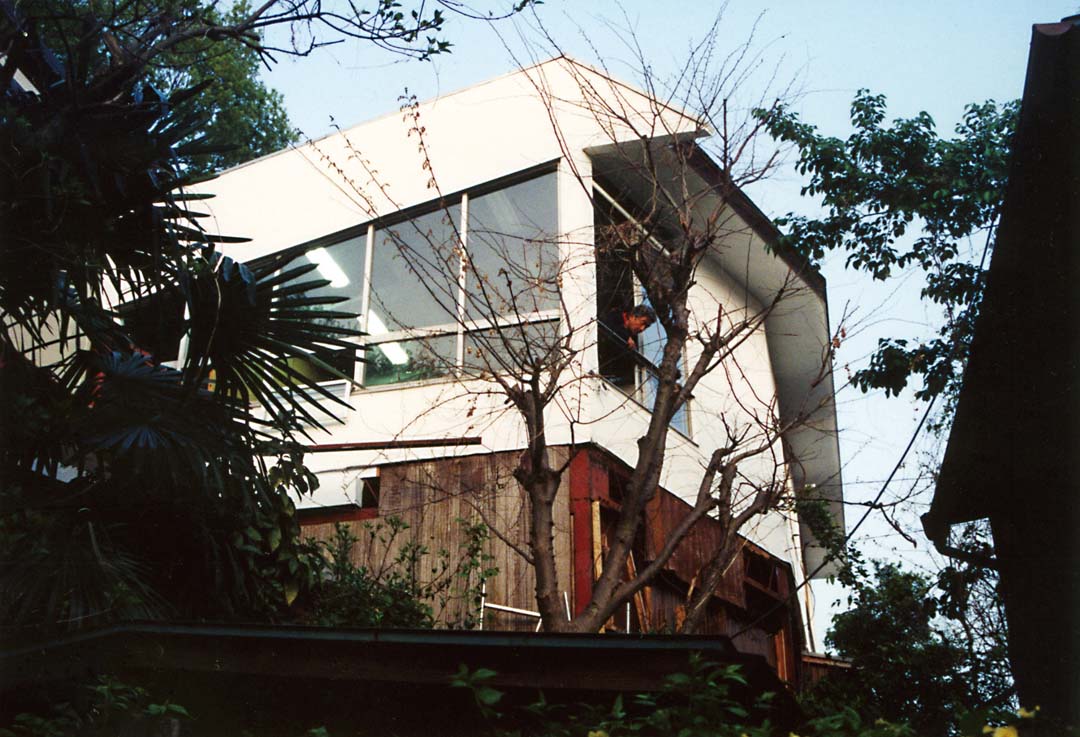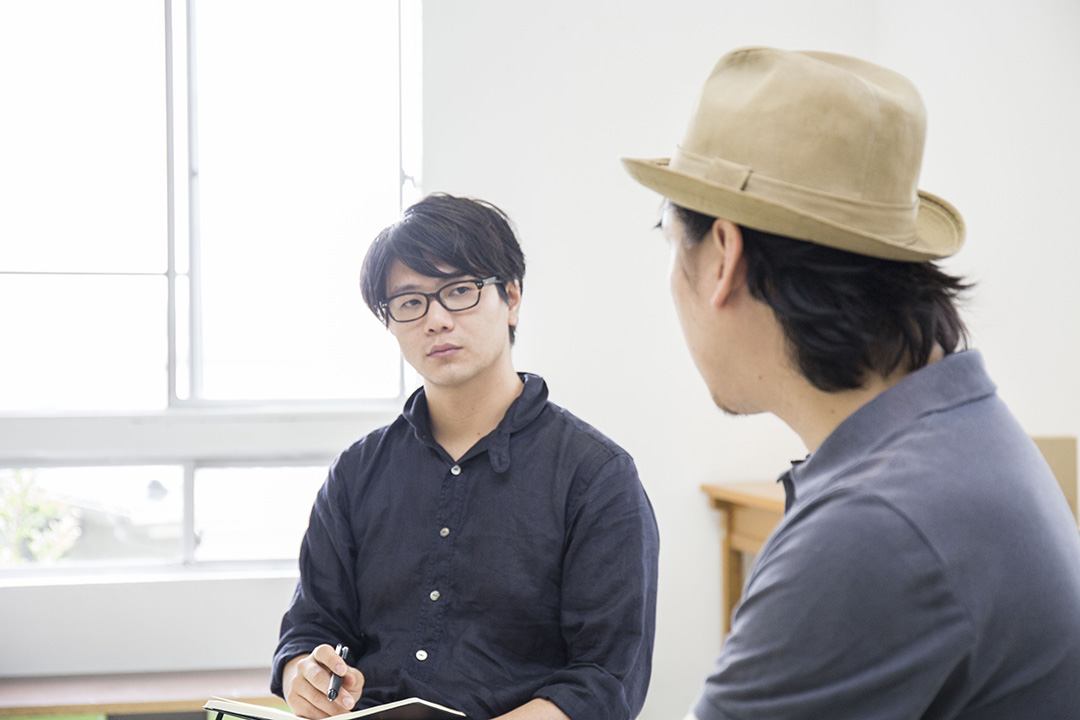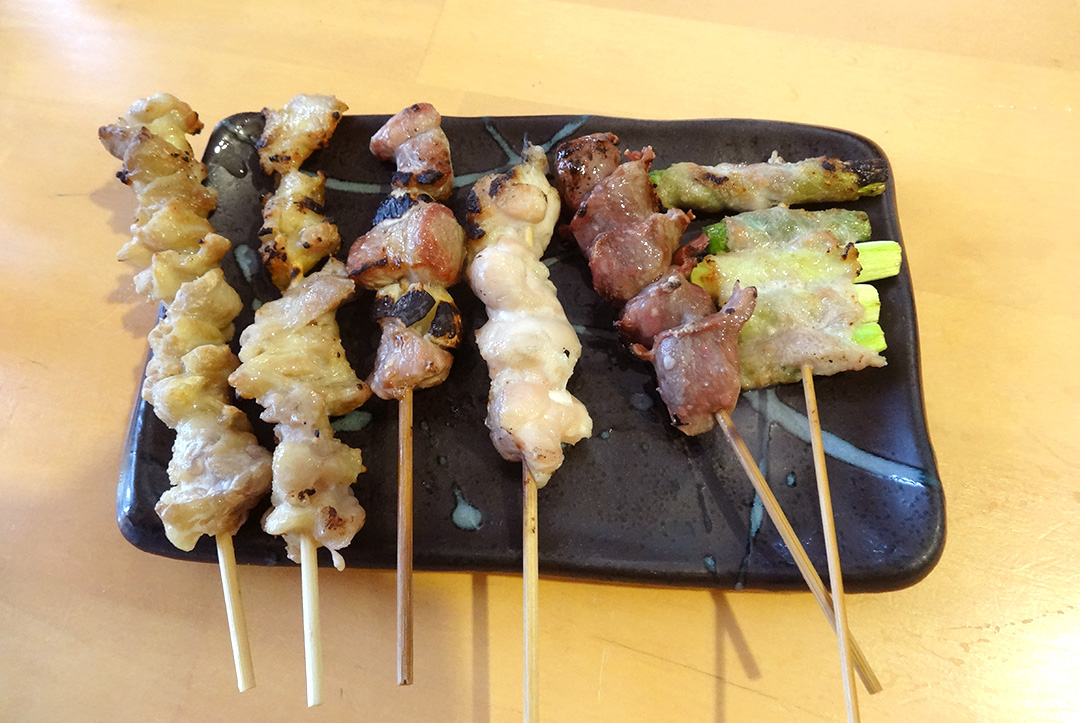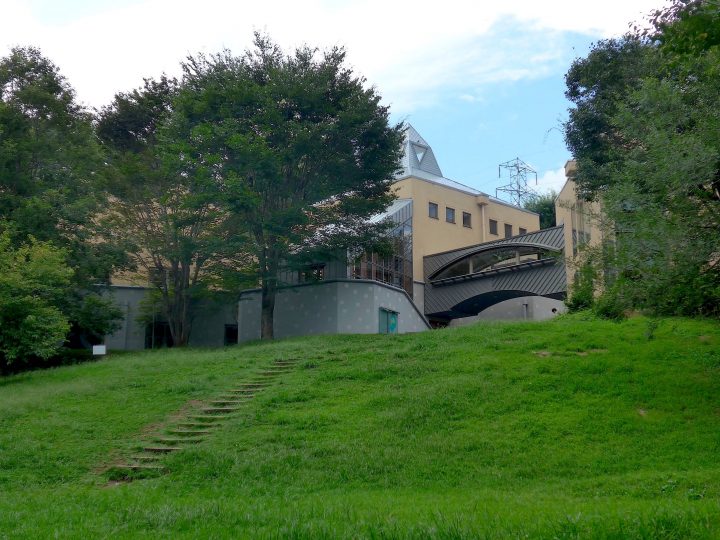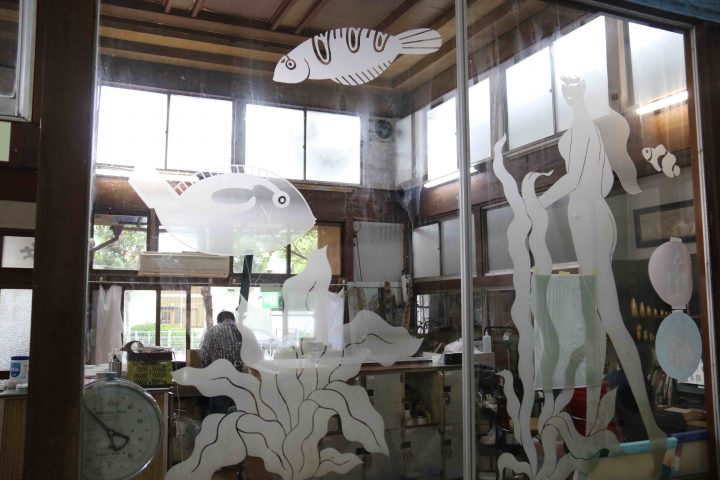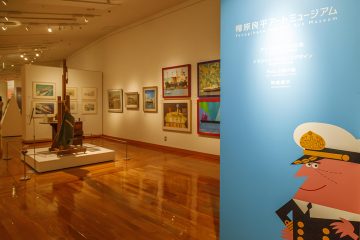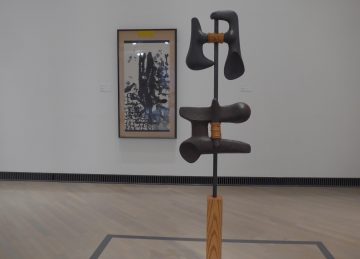[Conversation] Yamashiro Taisuke x Kobayashi Haruo "The past of B Seminar and the future of BlanClass"
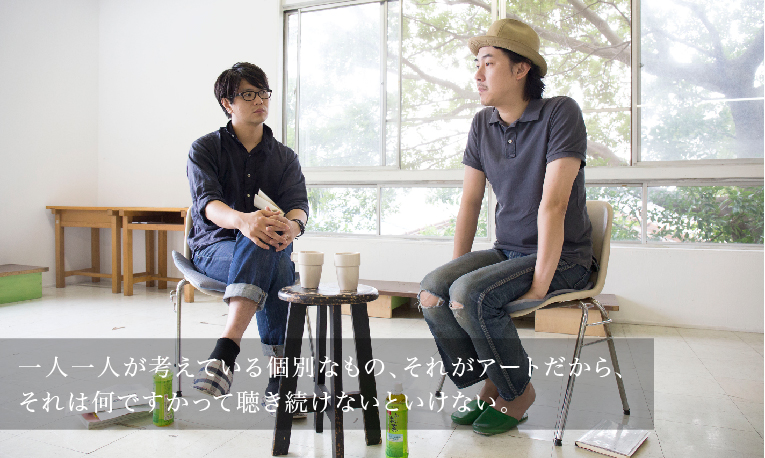
For those who don't know what the term " B Seminar" means,
If you look at the names of the artists involved, you will see that it is a gathering of artists who have led Japanese contemporary art since the 1960s .
It is not difficult to imagine that it was an experimental and cutting-edge space.
And, as if to carry on that history, " blanClass " was established in the same place.
We want as many people as possible to know about this place where contemporary artists create and exhibit their works, and if possible, have them witness it.
We spoke with Haruo Kobayashi, the son of Akio Kobayashi, the creator of "B Seminar," and the current director of blanClass.
The interviewer was Daisuke Yamashiro, a writer with ties to BlanClass. He talked about the past of the B seminar and the future of BlanClass.
We asked him about various anecdotes. (Location: BlanClass)
Interview: Daisuke Yamashiro Photo: Masanobu Nishino Text: Akiko Inoue
- Until Seminar B was established -
"I woke up one morning and looked up from the stairs, and there was no second floor, just blue sky."
Daisuke Yamashiro (hereinafter Y) : I think I'll start with a simple question. Until I first came to blanClas, I actually didn't know that its predecessor was "B Seminar". So I was very surprised. This is both B Seminar (now blanClass) and Kobayashi's home, but has it been your home since B Seminar was established?
Haruo Kobayashi (hereafter K) : When the B Seminar was established, this was the Kobayashi family home. The B Seminar was established in Fujimi-cho, Yokohama in 1967, so we moved to our current location in Idogaya in 1971, when I was three years old.
Y : When I found out that BlanClass was B Seminar, I re-read the B Seminar book edited by Kobayashi ("The History of B Seminar〈The Study of New Expressions〉" 2005, published by BankART1929). In it, Kobayashi wrote about how when he was three years old, his family moved to Idogaya, and when he looked up from the stairs, he could see the sky...
K : That's right. I remember waking up one morning and looking up from the stairs, and there was no second floor and it was just blue sky. It was an ordinary wooden house, but they had demolished the second floor, put steel beams on it, and put a prefabricated building on top.
1992 B-Seminar exterior ©B-seni Learning System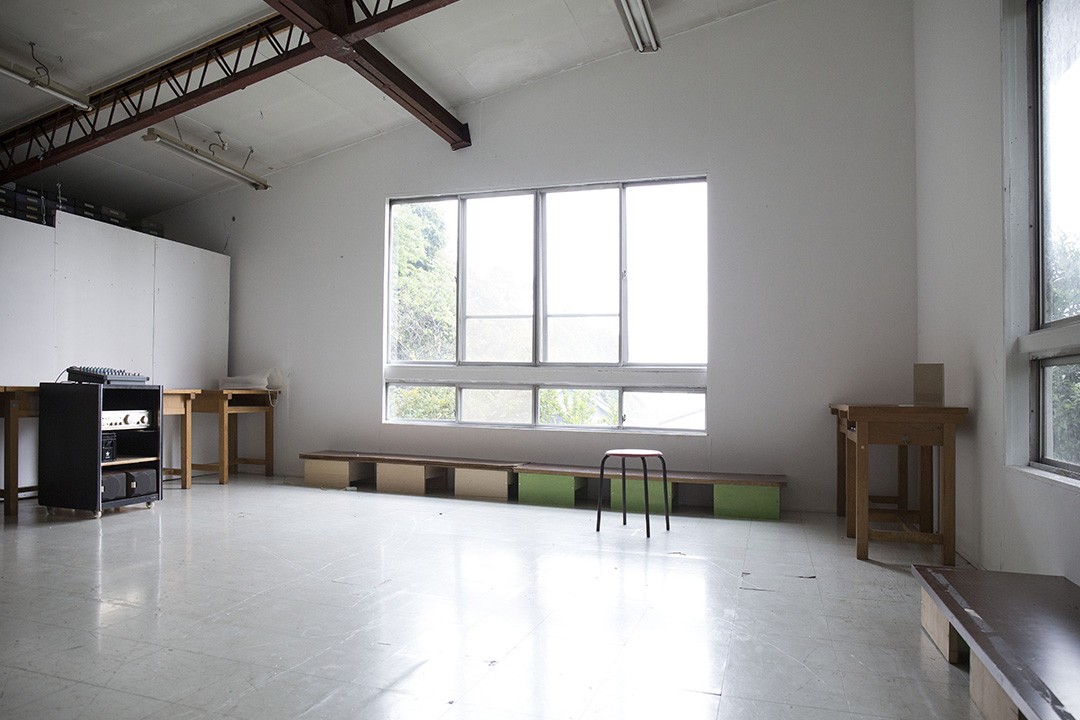
BlanClass as of 2013
Y : What does the B in B Seminar stand for?
K : This is the “B” that stands for “Basic Seminar” in retrospect.
When we first started as a kind of study group at the Fujimi-cho atelier, there were courses A through E, such as "Basic Western painting class for anyone" and "Art class for children." So, A was called " Saito Yoshishige Contemporary Art Special Seminar," where people who were semi-artists after graduating from university would bring their works and hold joint critiques, and B was called "Basic Contemporary Art Seminar," which was a kind of introductory course in contemporary art.
To put it simply, there were almost no other courses and only Course B remained, so we decided to name it B Seminar.
Y : Even with tapes or records, the A side often has pop songs, but the B side often has more obscure songs. I think it's interesting that the sound of the letter B matches the image of contemporary art.
K : It was inevitable that B happened to be the one that remained, rather than A or C, and I think my father (Akio Kobayashi) liked that about him.
Y : Were there any school and course design models in Japan at the time that Seminar B used as reference?
K : I don't think he used anything in Japan as a reference. From around 1957, my father studied at the Art Institute of Fine Art in San Francisco, where the principal was starting a new type of art education. I think that became a base for him to explore the future of art education.
The student riots at Berkeley happened just after my father returned, but San Francisco itself was on the eve of a democratic movement, and interesting artists were starting to appear. So I think my father was really influenced by that overall atmosphere.
Another reason for starting B-Seminar was the student conflicts in Japan. The Tama Art University campus was located in Kaminoge, near Yokohama, and Yoshishige Saito, who was teaching at the time, was kicked out of the school for siding with the students during student conflicts.
Since schools weren't functioning at all, students were running their own seminars in various places, and that's how they met people like my father.
So it seems that many of the people who participated in the first A Seminar (Saito Yoshishige's seminar specializing in contemporary art) were students of Professor Saito, who graduated from Tama Art University.
They were people like Koshimizu Susumu, Yoshida Katsuro, Suga Kishio, and Kobayashi Hakudo, and Sekine Nobuo was also in their circle, so he is listed as one of the early lecturers.
Y : I learned about the existence of the B Seminar while studying contemporary art. I didn't know much about the educational program, but I had a preconceived image of it as a legendary place. I was surprised to learn that such a distinguished group of people were involved.
Mr. Kobayashi, when did you start getting involved with Seminar B?
K : I first got involved properly when I was about 16 years old. Around that time, I took a leave of absence from school, and during that time I thought, "I have some free time anyway, so I might as well help out," and so I started helping out.
At the same time that I was taking a leave of absence, I was also thinking about specializing in art, so that's when I began to get seriously involved with the artists who came to Seminar B.
Y : Okazaki Kenjiro and Haraguchi Noriyuki were already active writers back then.
K : Mr. Okazaki first joined as a student, so it wasn't from the beginning. I don't remember when Mr. Okazaki was a student. It seems that Mr. Okazaki remembers, and I heard later that he looked after me for a day.
Y : That's great! I think it was Kobayashi Hakudo's class, but it seems like he used a lot of video in his classes.
K : Video was used in classes from a very early stage. Open reel video portapaks were used. When Kobayashi, Hiroya Hori, and Morihiro Wada started making video works, they were invited as guests and lecturers quite soon after, so I think they were using videos in classes from 1974-75.
It seems that everyone in that area was influenced by Michael Goldberg, who is from Canada.
Y : Video Portapack was introduced to Japan in 1972, so it was really early. Was there a community or exchange between artists?
K : I think it depends entirely on the generation, but while there was almost no vertical connection, there may have been a fair amount of horizontal connection.
We had about 40 to 50 students enrolled per year, so it was similar in scale to a cram school.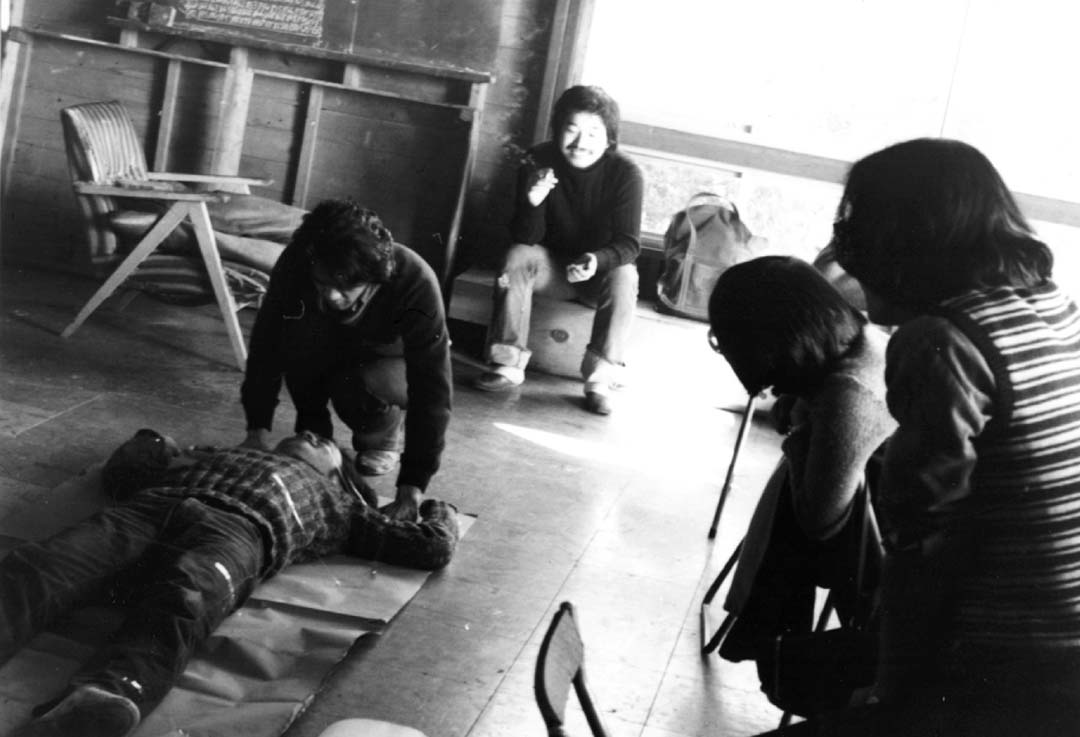
From Noriyuki Haraguchi's seminar in 1975 ©B-seni Learning System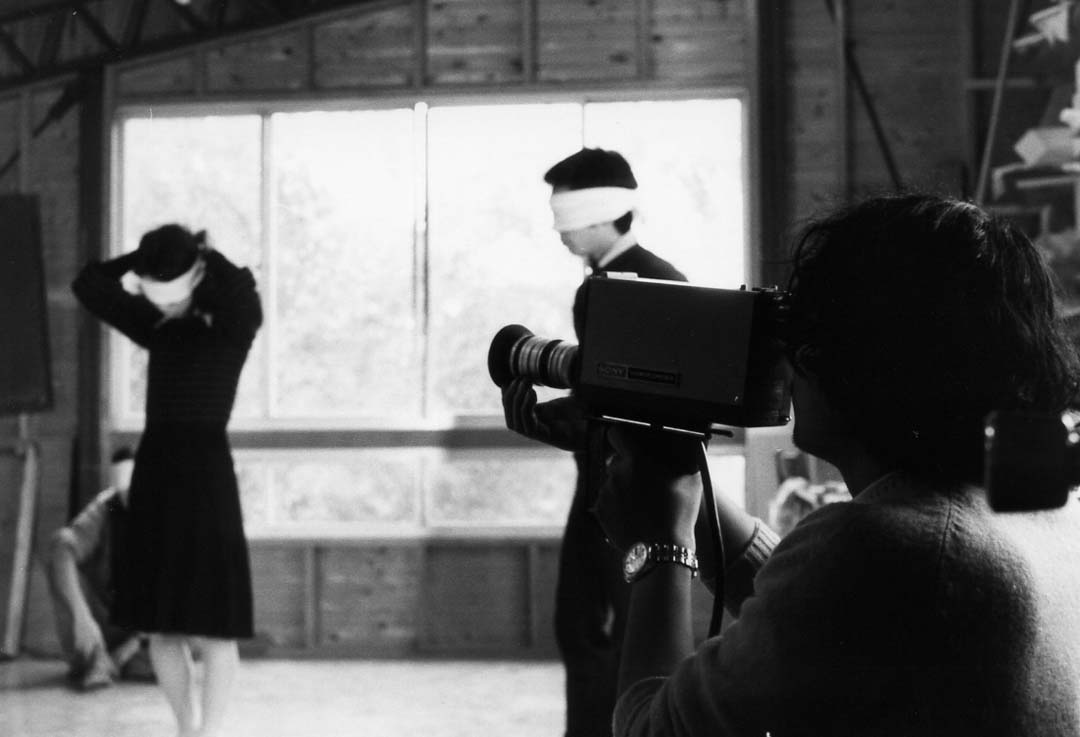
From the 1973 Kobayashi Hakudo Seminar ©B-seni Learning System
Y : I think Kobayashi-san went to America around 1989, but what happened to Seminar B after he returned?
K : I returned to Japan in 1992, and when I did, I was asked to help out in the B seminar full time. My sister was also helping out at the time, and I started out as something like an assistant.
At that time, the lecturers were mostly relatively formalistic artists of a generation older than me, and as the art scene changed in the 1990s, I was involved in finding and inviting interesting guests. It took a little longer to start making an annual schedule, but the amount of work increased at a fairly fast pace. My father was already old and in poor health, so I helped him out, but if he had been in good health, I might not have helped out.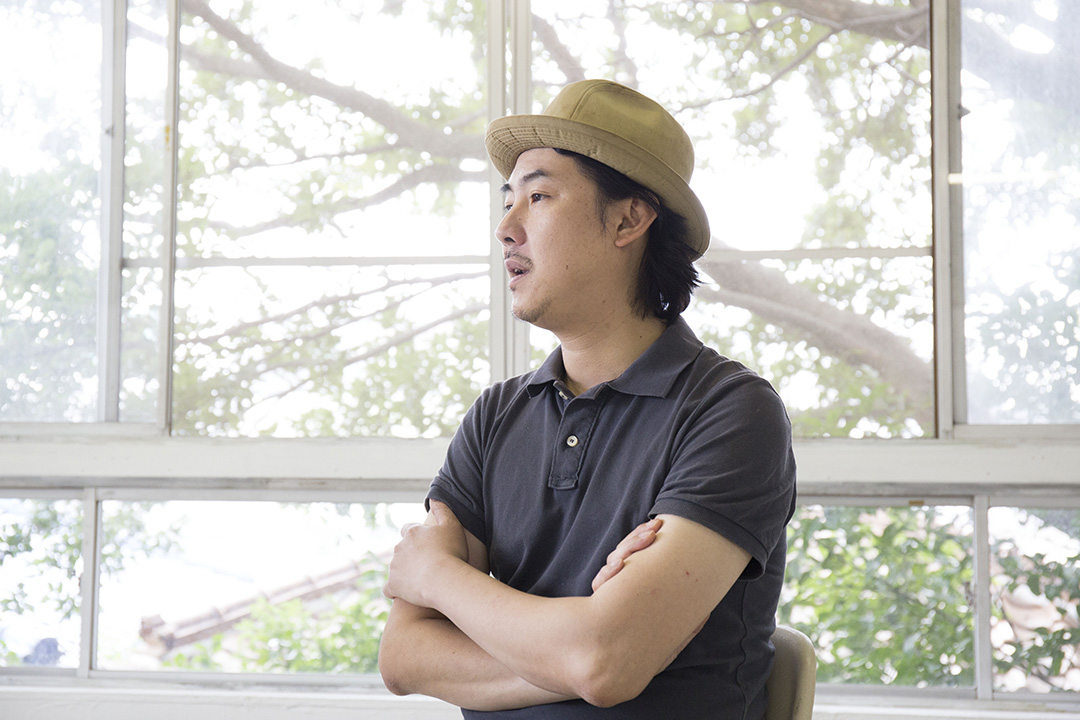
Y : Did you finish Seminar B at the same time that your father, Akio, passed away?
K : I kept it going until around 2004, because I had promised my father that even if I had to close Seminar B after something happened to me, I would make sure that the students enrolled there completed the number of years they had originally agreed to. I didn't intend to close it down right after my father passed away, but it got increasingly difficult to manage, and people stopped coming in a blink of an eye...
Y : I guess the attraction of the previous model and the trends of the times also have an influence.
K : I think it was also influenced by the fact that it coincided with a very tough time for contemporary art. The situation was changing rapidly,
Around that time, the term "contemporary art" also became obsolete...
Y : That's right. It coincided with the time when the internet was just starting to become popular. Rather than information being handed down from above, we may have entered an era where we could obtain information ourselves.
K : I also think that maybe it was the end of the road for a business. It had been 37 years, so maybe it had reached its limit.
- From Seminar B to BlanClass -
"As we were tidying up, saying things like 'the things we really need,' we started to ask ourselves, 'what can we do with what we have left?'"
Y : After closing the B Seminar, Kobayashi-san will start BlanClass, but starting BlanClass within five or six years must take a lot of energy.
Please tell us how you came to start blanClass.
K : I published the B Seminar book in 2005, a year after the B Seminar closed, and then I spent the next three years from 2006 to 2008 tidying up (laughs). I had pulled out a lot of materials to create the book, and my desire to tidy up escalated from there. I threw out everything I didn't need, and spent three years tidying up with the intention of keeping only what I really needed.
Then, just when I was starting to feel like I had nothing else to do, I was blessed with the opportunity to help out with Noriyuki Haraguchi's exhibition held at BankART in 2009. This was a good opportunity to start up blanClass.
Up until then, I had begun preparations to do something using this space, which had previously been the B Seminar, but as I provided materials for Haraguchi's exhibition and planned to hold a symposium, I began to feel that in the end, all I could do was question art itself.
So I told the young people who had started meeting here that we should start something using art as a starting point.
I was thinking a lot about the content, but then I suddenly thought, "It would be nice to drink while watching a performance on the weekend," so I just went ahead and did it (laughs). And so, we decided to do it every weekend from October of that year.
Y : Every weekend since October 2009? At first, you only invited performance artists.
K : That's right, I was surrounded by some performance artists and I thought maybe I could do it. I didn't use up much energy to start it up, and I didn't feel like I was taking a lot of risk.
Y : That's right. The B Seminar was originally held here, so there is the space, and Kobayashi-san used to coordinate one-day lectures during the B Seminar period, so he has the know-how, and it's a completely natural fit.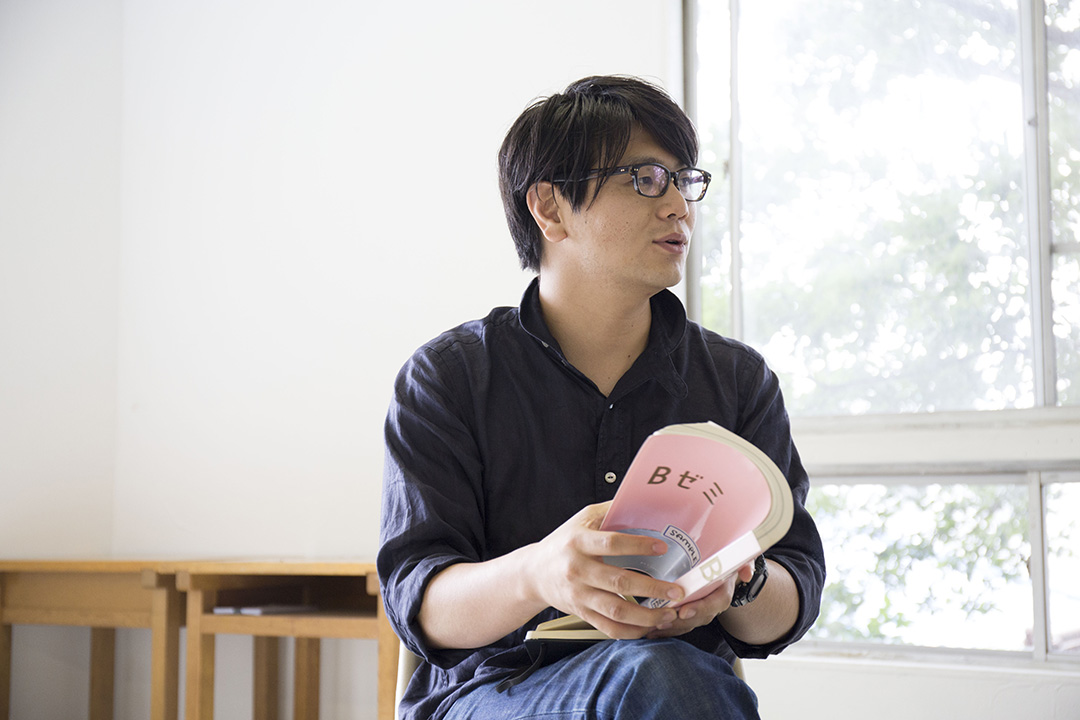
K : Yes, so while I was cleaning up, saying "What are the things I really need?", I thought, "What can I do with what I have left?" I felt like I could make small changes as I worked on the other small details.
Y : By the way, how did you decide on the name blanClass?
K : Every Monday, I get together with young people to talk about various things, and one of them said, "I like words that don't have much meaning," and then one of them asked me how about "blank." So, I looked up the meaning and found that it means "white." And since we actually had a blank (a blank period after the end of the B seminar), and the walls were white, I thought it would be good. And we combined the word "class" with "classroom" to create the name "blanClass."
Y : It matches the image of this place well. It's B after all (laughs).
- From Yokohama to Venice -
"Many writers, including myself, have blossomed because of this. I want to say that out loud now."
Y : I think that the blood of the B Seminar flows through BlanClass, including the structure and the way artists gather. That's why I myself want to participate in BlanClass. In the past few years, BlanClass has started to use the term "live art."
K : It was when we did it in Shinko Village that we first started calling it live art...
Y : When I first appeared on BlanClass, I was actually quite troubled because I had no idea what to do (laughs).
When I first appeared at blanClass in 2010, I think the situation was that artists, audience, and blanClass all felt like they didn't know what to do. Until then, people who made paintings, sculptures, installations, and other works that were "available for the viewer to see at any time" at exhibition venues were
Of course, an exhibition is fine, but if you only have one day, you want to do something that can be completed in that day. So I really had a feeling that I didn't know what was expected of me (laughs).
But the truth is, many writers, myself included, have blossomed because of it.
I want to say that out loud now. For example, until now I only had the idea of taking videos and exhibiting them, but if it was just for one day, I thought "let's make something happen" and planned something like a fictional party. I think there will be some examples of other artists besides me, but I feel that this kind of good matching has happened at blanClass in the past few years. What do you think about that?
2012.12.22 Daisuke Yamashiro Presents Christmas Party [Picture in Picture in The Party in Picture.]
©2012 blanClass HatanoKosuke
K : At first, I started out thinking that maybe there were people who needed a place to perform, like in performance art or music, but I quickly got bored with the rule of only inviting those kinds of people, so it changed to just inviting anyone I was interested in, not just performers.
On the one hand, I don't like to impose restrictions, but on the other hand, there are inevitably conditions, so we discussed the conditions and asked them to be as free as possible from that point on. The location is not convenient, and it's not a very convenient place to get to, so we asked them to do things that other places don't do.
In addition, I asked them to do something that could be completed in one night, and if possible, it didn't have to be a production, but I said I would be happy if they could do an experiment that would help them find an output for the things they've been thinking about up until now.
However, some people knew that the B seminar was the parent organization, so even without me saying anything, the catchphrase "It's something experimental, right?" may have become a catchphrase. Of course, I know how unreasonable it is to ask someone to do something freely. So, I didn't intend for it to be a "good match." I was one of the people who was surprised when I saw what came out.
I said earlier that I was awakened when I helped Mr. Haraguchi, and he told me, "Don't do anything." There is certainly a shallowness in contriving things, and it's fine if it's a simple place or a system, but if you have something that you can definitely share with others, it's better not to do anything else.
Of course, it's necessary to support something if it falls over, but it's no good trying to create something by fiddling around with it. I think it's more important to surrender yourself to the phenomenon and think about it, rather than thinking about it in advance.
To me, that is the true form of art. What BlanClass does on weekends is not the end goal, and I want to continue creating something together with everyone.
Y : At blanClass, everyone was called into the "blank" space that Kobayashi created, and the "system" that was created by trying to create pillars and fill time somehow is starting to be appreciated from the outside, I think.
One such example is the exhibition "When the Wind Blows, the Barrel Maker Profits" at the Museum of Contemporary Art Tokyo, which I also participated in.
I can't say it's everything, but I think it includes some of the pillars that blanClass created.
K : Tanaka Koki had a strong influence, and I also think that Morita Hiroaki and Sasa Shun were particularly involved in the work with BlanClass.
Y : Tanaka's work for the Venice Biennale was also photographed as part of an event at blanClass.
K : The work I took to Venice was made at BlanClass. It was a piece where we practiced really vague tasks together with the participants, and instead of recording it on video, I took some of the things that were created there and photographic records with me...
Y : That's interesting. Of course it's Tanaka's originality, but I'm sure he thought it could be done at blanClass. Even if a bunch of university students suddenly gathered at a university and did the same thing, I don't think it would be such a diverse space. In other words, I think this work was born out of a perfect match between the concept that everyone at blanClass created and Tanaka's ideas.
K : When you create a work with other people, in reality, something unstable happens, right? I think I had a growing desire to try out that instability, indecision, and going in a completely different direction from what was planned. There were some parts like that in the Yokohama Triennale exhibition. But that has to be fixed, right? So I think I wanted to experiment with something much earlier than that with blanClass.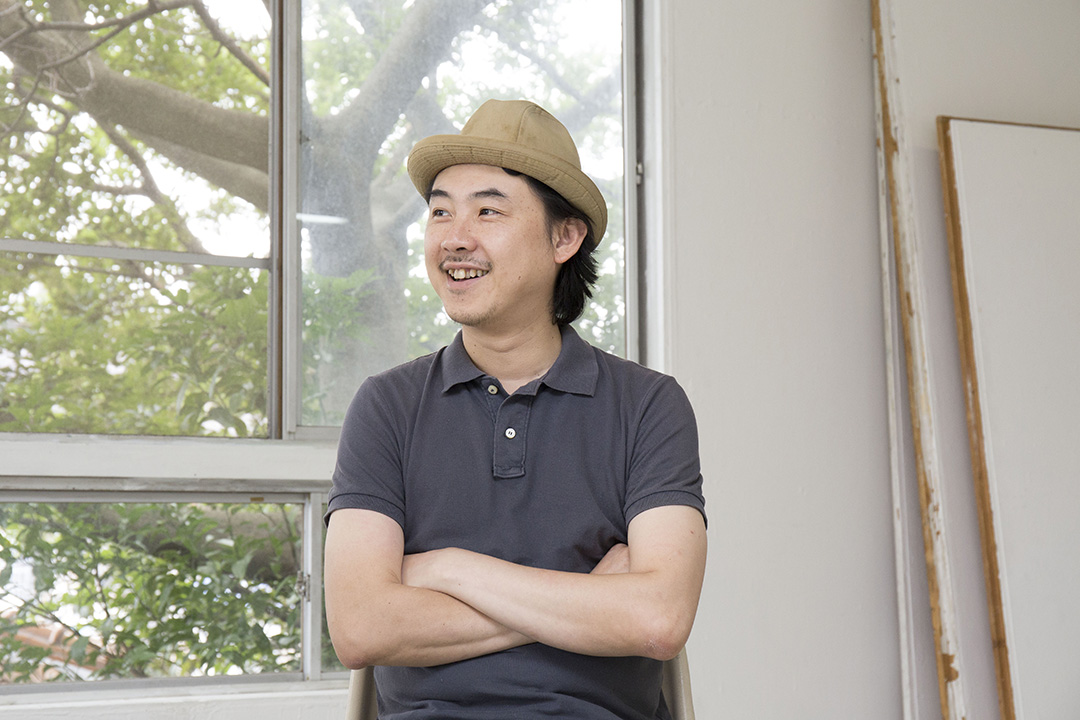
Y : As an artist who is involved in creating works here, I am very happy that a work created in Idogaya, Yokohama, received a special award at the Venice Biennale. I think this trend will continue to develop.
- About the blanClass project "Go to the House of Councillors Election!" -
"I want to do what is necessary in any situation, and I want to think about what is necessary in any situation."
Y : I think that the theme of this event series, the House of Councillors election, is one of BlanClass's new experiments. What do you think?
K : Yes, after the last House of Representatives election, while interacting with various artists, I had the feeling that politics was moving forward in one direction. While it was risky for art to deal with political issues, I felt that it might be possible to do something that would be difficult in other places, such as making politics a real-time theme, in a place of our scale.
So the purpose of this project was not to control the House of Councillors election, but rather to avoid panicking after the election. One of the philosophies of BlanClass is to do what is necessary in any situation, or to think about what is necessary in any situation. I don't think that's actually the case, but I feel like art has been thought of as naive in that way. Foreign artists often ask me, "Why don't Japanese artists have any political concerns at all?" When that happens, I tell them, "That's because you don't really know how to read Japanese art," or, "It's like haiku, so it's a bit difficult to read, so you probably won't find anything political that's easy to understand."
Y : That's interesting. There are many writers who are not even aware that they are sugar coating their stories.
K : Everything in Japan is made with that kind of mechanism, so it has become a grammar. Subculture is like that too, and it's only recently that foreigners have been able to read Japanese subculture. In the same way, political art has been around for a long time, but it's hard to understand. But if everyone could read it, it would be a completely different story. Things that are obvious as political even from a distance are interesting in their own way, but there's no need for everyone to go out of their way to do them.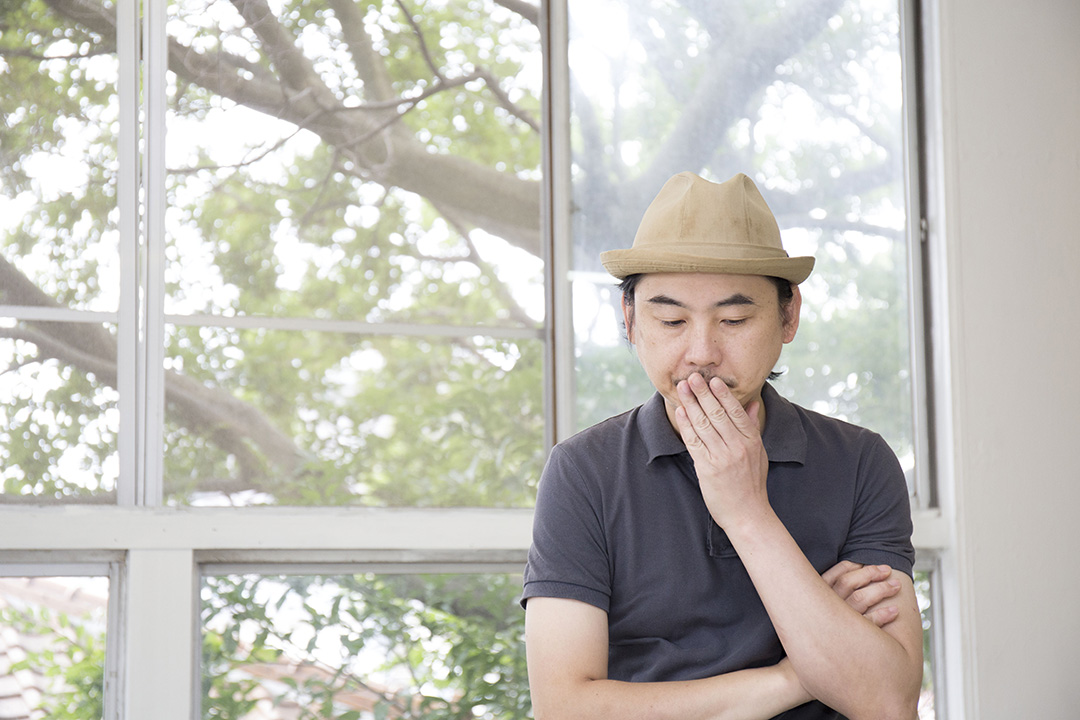
Y : When I was given the theme of the House of Councillors election, I thought I couldn't say anything about it, so I wanted to try doing an event using a video letter method. I don't know if it will be successful, but I'm thinking of becoming a performer myself this time.
As we discussed today, I think you have to start by not really understanding it but just trying it out.
So, I hope to get a video source that will be the basis for the work "Video Letters" that I plan to create over time. So, my event on July 6th (Sat) will be an event like "filming a video letter about my intention to create a work called "Video Letters". Video has the element of leaving something behind for the future.
The things you take will be recorded so you can view them later, or you can view the things you take on the spot...
K : The great thing about video is that you can watch it right then and there. That's the biggest difference between video and film.
Y : I think it's a medium that allows you to be forced to see yourself, or to show yourself to someone else.
I don't want to leave a message for the future from this place, but I think there must be something I want to leave behind now.
I would like to try this out at the upcoming blanClass event.
- Haruo Kobayashi as an artist -
"Art is something that each individual person thinks about, so we have to keep asking, 'What is that?'"
Y : I'd like to ask you about your role as an artist. From my own perspective, it seems to me that the activities of BlanClass itself are a part of your work. What do you think?
K : Although blanClass is not a work of art, there is another meaning behind the "Class" in blanClass besides the meaning of "classroom." It is the "Class" as "hierarchy." It is imbued with the meaning of thinking about one's position (for example, one's position as an artist). I want to continue to identify myself as an artist, so I don't want to identify with any other title, but I've never been particularly proactive about creating works under my own name.
So, from a young age, I have always collaborated when I create works. That being said, I didn't think anonymity was a good thing. When I was young, I had connections with PH Studio and Dumb Type, so I was influenced by them a lot.
Individuals remain individuals, but that doesn't mean I'm comfortable with the idea of an artist's name being directly linked to their work, so I can't be proactive about that sort of thing. So, my current position of starting something together with everyone and being present at it feels very natural to me. I think that people who have the identity of an artist have other things to do besides creating works. And that's what I want to do (laughs).
This was also heavily influenced by the help I received during my time in the B Seminar, and there were quite a few people who took on this type of work that is not normally the job of an artist.
But those people are almost all artists. My father, Shigeo Anzai, Yoshiaki Higashino, and others like them - what I find interesting about each of them is that although their output may not necessarily be called a work of art, they themselves are quite artists.
I think that's the way it should be, and if everyone doesn't think about that, it will inevitably end up being about "how to behave within the context of what already exists."
Y : That's true. It's not interesting that only things exhibited in a white cube can be called works of art.
K : I don't dislike the idea of the work being the most important thing, but I think that what the artist is thinking is also the main part. Also, I think it's better to actively look for other ways, such as whether this system is okay, or if you can create a different system. The concept of art itself is extremely unstable, so you have to keep thinking about what it is. Art is something that each individual person thinks about, so you have to keep asking what it is, keep thinking about it, and keep thinking about the system itself that puts it on.
- About archiving -
"I think you have to think about what actually happened and what it was all about!"
Y : I think that both the B Seminar and BlanClass consciously keep records such as websites and books, but perhaps it is precisely because these things are intangible that they are preserved and can be thought about later.
K : It may seem strange to say this after I've written a book about Seminar B, but it's not good to just accept it as history. I think we have to think about what actually happened and ask ourselves, "What was that?" Of course, it's most vivid to think about the present, but I also think that things from the past should be considered as current issues.
That's why I want to think as proactively as possible about archives and content in the future.
It's not that I simply want to archive it as information for the sake of peace of mind, but because it's not possible for everyone to be present anyway, I think it should be preserved.
Y : There are only a limited number of people who can be present at the site, so if we don't somehow get it moving, it will all be as if nothing happened...
K : Or it gets symbolized or given a stronger meaning.
Y : I think this B Seminar book is really amazing. It contains the writings of many people, with one person as a witness, and it touches on the facts well, including students and teachers. I hope that the path from B Seminar to BlanClass and the activities up to now will become more clear in the future.
K : Nowadays, you can see a lot of things on YouTube, and I want to share them in that way. Also, I've been doing this for over three and a half years, and I've been able to build relationships with a fair number of artists, so I want to discuss with them what we can do next in a more developed way. For example, I'm starting to think that I can share with the artists in detail what we should do next and how we should manage it.
Y : Yes, I think it's time to move on to a different term. I want to find new relationships between artists and places (organizers) in a way that's different from museums and galleries.
I think it might work.
K : As an example, I want to do e-books now. I'm doing a series of lectures and talks called Expansion Plan with Tatsuo Mashima and I was wondering if I could share it as an e-book... I've released video archives up until now, but Ustream has come full circle and is no longer unusual, so I was wondering if there was something else I could do with text.
I would like to create something new that will also bring in money for artists.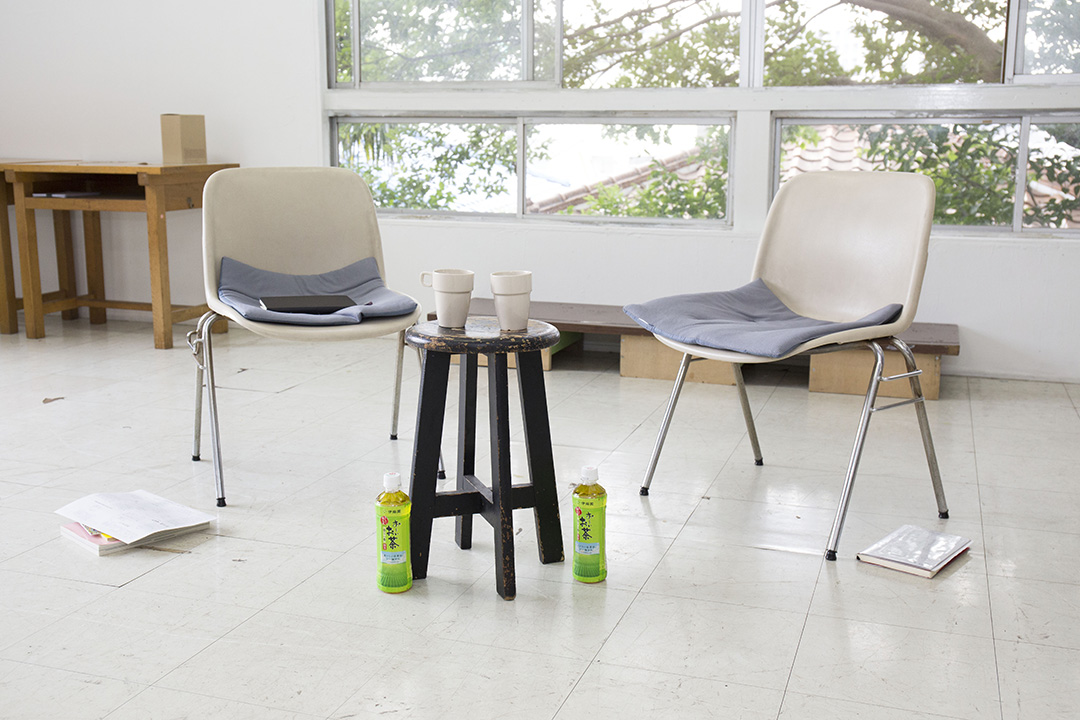
B Seminar and BlanClass have been nurtured with deep roots in the city of Yokohama.
Through this conversation, I feel like I was able to discover things that change with the times, but at the same time, things that remain constant.
And now, blanClass is still in progress.
The present will always become the past, and history is made up of the accumulation of the past.
That's why I would like you to come and see for yourself what is being created right now.
Click here for all the events scheduled for "Go to the House of Councillors Election! 2013 House of Councillors Election Before & After"
A recommended standing bar in Idogaya that Haruo Kobayashi often visits with other writers
<This event has ended.>
"New Idgaya"
About 2 minutes walk from Idogaya Station on the Keihin Kyuko Line
It is on the left hand side after crossing the intersection on the way to blanClass. (Due to store circumstances, we will refrain from publishing the address and contact information.)
